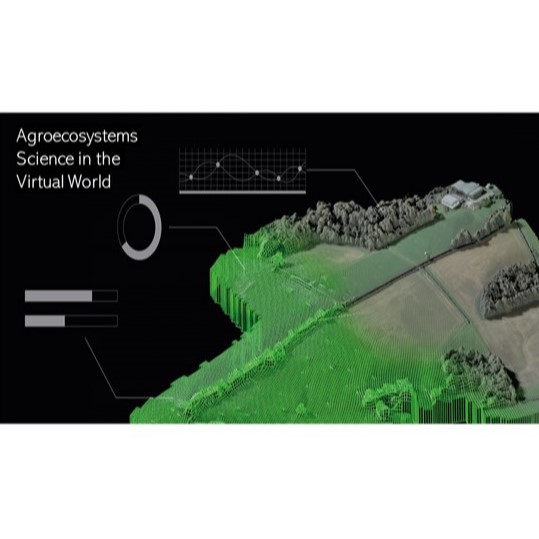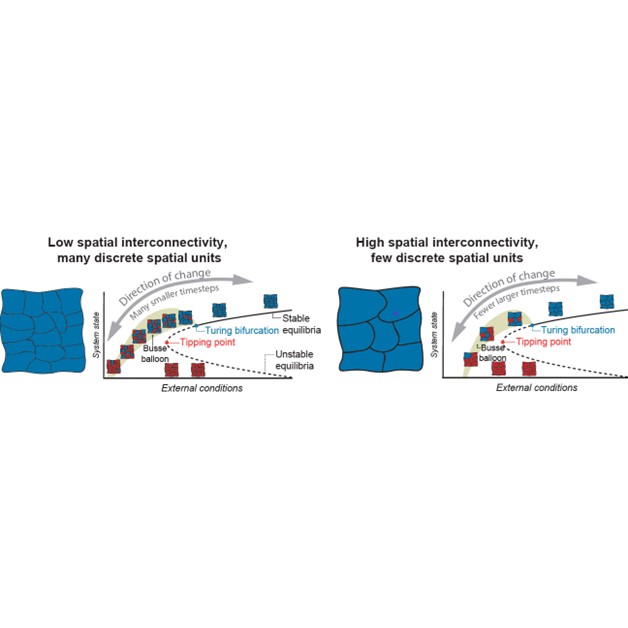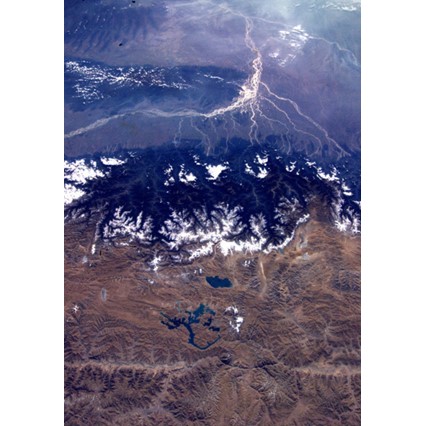Grazing systems are a key target for reducing the greenhouse gas emissions of agriculture, towards sustainable livestock production. Regenerative farming practices such as herb rich pastures (herbal leys), and controlled areas of grazing (cell grazing), show promise as pathways towards net zero agriculture – yet little is known of the impacts of these practices on […]
Read More
The need for data-informed farmer decision-making has never been more critical. Climate change, floods, droughts, pests, diseases, and political pressures all pose significant threats to our ability to grow food. Agriculture itself sometimes makes these problems worse – being responsible for many negative environmental impacts including greenhouse gas emissions, water pollution, and biodiversity loss. But, […]
Read More
Climate change forecasts for the UK suggest changes to the intensity and frequency of flooding, drought, heat and strong winds, as already evidenced by the record-breaking years observed in the UK over the past decade. At present, we do not have reliable data on the impacts of climate stresses – including extreme events – on […]
Read More
The Pantanal is the world’s largest tropical wetland and home to numerous endangered and threatened species. It is also increasingly impacted by human activities, particularly cattle ranching. In recent years, it has suffered severe wildfires and altered hydrology. The impacts of these changes on the Pantanal are understudied, yet have global significance given the wide […]
Read More
Monitoring biodiversity is a major research focus, with the current upsurge in initiatives to finance biodiversity conservation (e.g. Target 19, Kunming–Montreal CBD). Measurements must be transparent, repeatable, efficient and auditable. Accordingly, researchers have developed visual (imagery), auditory (sound recording), genetic (eDNA) and structural (LiDAR) sensing technologies for biodiversity assessments. These focus on species diversity or […]
Read More
There are myriad examples of amazing evolutionary adaptations, from the beaks of finches to antimicrobial resistance, that have been shaped by selection arising from natural processes or the effects of humans on the environment. These have been studied in detail, and can make evolutionary adaptation seem inevitable. But natural selection is not all powerful: sometimes […]
Read More
Landslides are a persistent and widespread geohazard in Indonesia, causing tens to hundreds of deaths and widespread infrastructure damage on a yearly basis (e.g. Froude and Petley 2018). Landslide triggers are multiple and complex, ranging from seismic shaking and volcanic activity to intense rainstorms. Rainfall-triggered landslides are the most frequent and widely distributed. The intense […]
Read More
The Tibetan Plateau, commonly known as the “the roof of the world”, supplies freshwater for nearly two billion people. Water storage is crucial in determining hydrologic transport and water availability but is highly sensitive to climate change. Water storage change is a critical indicator of vulnerability of the “Asian Water Tower”. Despite its importance, the […]
Read More
PhD Study: At the Global Frontier of Climate Change and Nutrient Cycling The fragile Arctic ecosystems are changing rapidly due to global warming, as glaciers retreat, they are revealing arctic soils under the process called ‘greening’. These soils store substantial amounts of organic matter and nutrients, which may become bioavailable under higher temperatures and changing […]
Read More
This is an exciting opportunity to explore deep learning (DL) methods, in combination with geophysical and hydro-mechanical models, to extract information on the stability of dams and other earthworks. The collapse of the auxiliary spillway of the Toddbrook Dam following heavy rain during summer 2019 brought significant public attention to potential hazards from failure of […]
Read More










